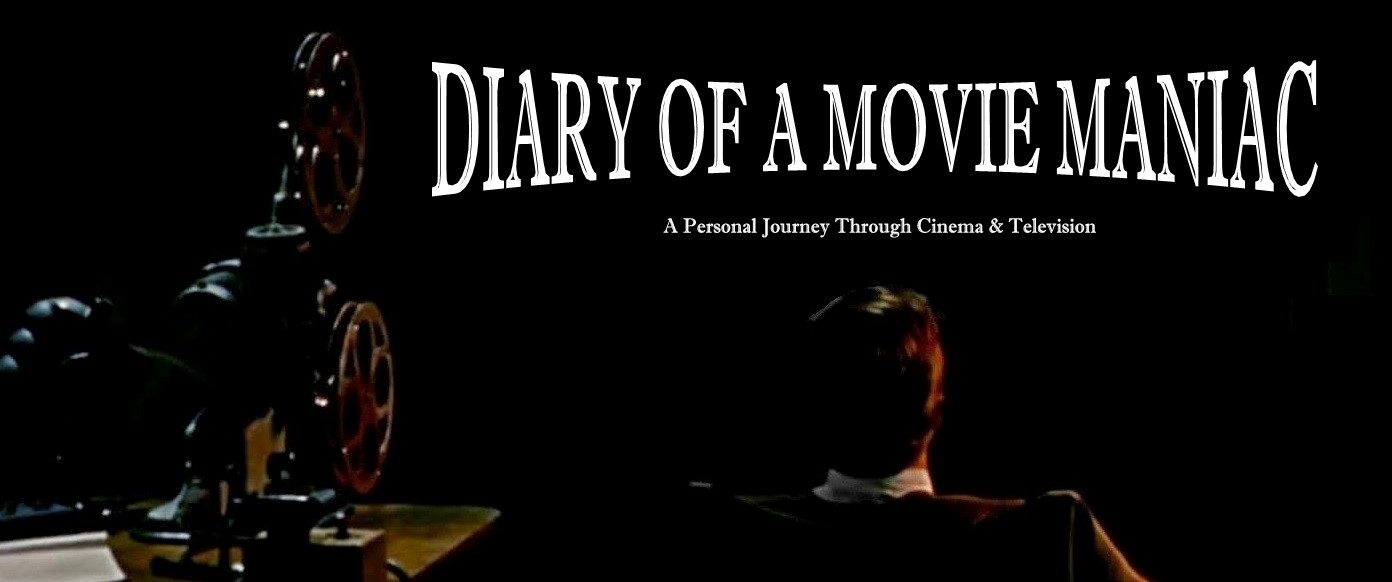Synopsis:
In the early part of the 20th century, in a Southern American town, Regina Giddens (Bette Davis) does everything in her power to outwit her scheming brothers (Charles Dingle, Sister Kenny, and Carl Benton Reid, The Egyptian) in a business deal.
Reaction & Thoughts:
“…the little foxes that are ruining the vineyards, while our vineyards are in blossom”
When Regina icily tells her husband (Herbert Marshall, The Letter), “I hope you die! I hope you die soon! I’ll be waiting for you to die!,” the age of disillusionment was born. On the surface, Samuel Goldwyn’s The Little Foxes is another well-crafted Hollywood period piece. But framed in the context of pre-WWII America, an era deeply immersed in naive humanism, the film is a bit of a shocker. It’s an abraded examination of the corruptibility of American capitalism.
There is also an intriguing feminist subtext behind the story’s main theme of avarice. Bette Davis’s Regina and the weakling Aunt Birdie (Patricia Collinge, Shadow of a Doubt) are clearly by-products of patriarchy — the characters represent extreme reactions to gender inequality. Interestingly, Regina‘s daughter, Alexandra (Teresa Wright, Mrs. Miniver), in a coming-of-age subplot, slowly becomes a composite of mother and aunt. Falling squarely in the middle of these two extremes, Alexandra is the modern ideal of womanhood: strong, resolute, and compassionate.
From a technical point of view, “90-take (William) Wyler” (Jezebel and The Letter) improves upon Lillian Hellman’s 1939 celebrated play of the same name, adding psychological depth via magnificently composed shots that capture the inner feelings of the characters. The use of deep focus and close-ups is particularly effective. Playwright Hellman herself said that much of the story worked better as a movie, a nod to Wyler’s brilliance and cameraman Gregg Toland’s (Citizen Kane) genius.

This intelligent, absorbing, engrossing and highly entertaining drama has a collection of assured performances. The Little Foxes has one of the best ensemble casts I’ve seen. All actors are perfect for their roles — everyone deserves an A-plus!
Davis’s performance has been the source of endless debates. Director Wyler was apparently dissatisfied with what she did with the role. I thought Davis was sensational. I’m not exactly sure what Wyler had in mind, but the high quality of the final product is indisputable. Davis found a way to make the cold and unethical Regina appealing. Although she’s a morally reprehensible character, you sort of understand where she is coming from — villains always work better when they have “a point.”
Teresa Wright (film debut), Herbert Marshall, Charles Dingle and Carl Benton Reid (film debut) are excellent too. Collinge (film debut), in particular, gives a remarkably poignant performance as the pathetic but kindhearted Aunt.
The cast also includes Dan Duryea (Scarlet Street) as the weasily Leo and Richard Carlson (It Came from Outer Space) as the town’s reporter. Russell Hicks (The Bank Dick) plays the regal Mr. Marshall, an entrepreneur Regina and her brothers try to impress. Jessica Grayson (Stars in My Crown) plays the family’s maid Addie.
Conclusions & Final Thoughts:
The Little Foxes is as good as classic Hollywood gets — a powerful movie with timeless themes. I think only Francis Ford Coppola’s The Godfather Saga has explored the corruption of America in a rawer manner. But unlike Coppola’s films, which tend to go for a broader scope, William Wyler’s powerhouse places the seed of corruption in the family living room, where it belongs. B&W, 115 minutes, Not Rated.
Followed by the pre-sequel Another Part of the Forest (1948)




Nice review. I haven’t seen this in years and you remind me I need to see it again with a fresh (older) pair of eyes.
LikeLiked by 1 person